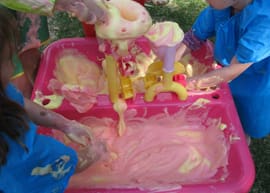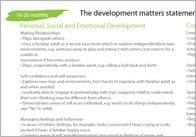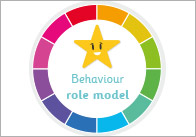Sensory Play Activity Ideas

Most children love getting their hands dirty and sensory play is a very important part of a child’s development because it means they get to experience and understand different textures. Sensory play also helps to improve a child’s coordination and awareness of the world around them, as well as encouraging them to work cooperatively with others.
Below are a variety of ideas for sensory play taken from around the internet, if you have any other suggestions that you would like to be added to the list then please get in touch.
Soapy Slime (idea and photo taken from learning4kids.net)
To make Soapy Slime you will need 1 cup of soap flakes, 3 cups of warm water, food colouring, a large mixing bowl, a large container or tray and an electric beater. As you beat the water and soap flakes the mixture multiples, so I placed the large bowl on top of our container to catch the over flow. This activity can be quite messy, but if you set everything up in a paddling pool in the garden then the foam should be contained! Soapy Slime is a great way for children to explore squashy, slippery, foamy sensations and is sure to be a big hit.

Coloured Rice
Get a big bag of rice and divide into 3 or 4 large food bags. Add a few drops of food colouring to each bag and shake. Leave it to dry before you give it to the children and beware that if it gets wet, the food colouring will come off. The rice will act very similarly to water, so make sure you put lots of buckets, bowls, cups and lots of other containers around to play with.
Gloop
Mix a small amount of corn flour gradually with water until it binds together. Place the mixture into a tray or shallow container and let the children try to pick it up, it’s very slippery so this could be quite a challenge! Vary the consistency occasionally and for more exploratory experiences, let the children make it themselves so they can feel the dry corn flour before it is mixed with the water.
Magic Sand (available from Amazon)
I think this is a brilliant invention and I remember being fascinated by it as a child. When the sand is in the water it acts like normal mud-like sand, but as soon as you take it out again it is bone dry! The sand particles have some kind of water resistant coating that prevents them from sticking together, but it seems like magic (especially if you’re 5!).
Playdough (recipe taken from thefabulousmomguide.com)
Playdough is a brilliant addition to any sensory play station as it is so versatile and can be moulded into almost any shape you can imagine. Below is a very simple recipe for making Playdough that only takes 5 minutes to make and doesn’t require any cooking.
1 cups of boiling water
1 cups plain flour
1/2 cup of salt
1 tablespoons of cooking oil
Food colouring
2 tablespoons of cream of tartar (optional)
Put all the ingredients in a large bowl and mix. As soon as it starts to bond together and is hard to mix, take it out of the bowl throw it on a board and knead until it takes on the look and consistency of play dough.
Don’t worry if you have no cream of tartar, it makes the play dough more elastic but you can still make this play dough recipe without it. Also I have found that while liquid food colourings work fine, gel food colouring produces a brighter more vivid colour.

There are lots of other materials that make a great addition to any sensory play area and are cheaply available from almost every supermarket. These could be things like seeds, pasta, shaving foam, jelly, body paint or my personal favourite…good old fashioned mud! Sensory play is all about allowing children to experience a variety of sensations and to help them understand how different materials act and you can achieve this in a myriad of different ways.
Popular Teaching Resources
Stay Up To Date
Sign up for our newsletter and we’ll let you know when we create new early years resources.





